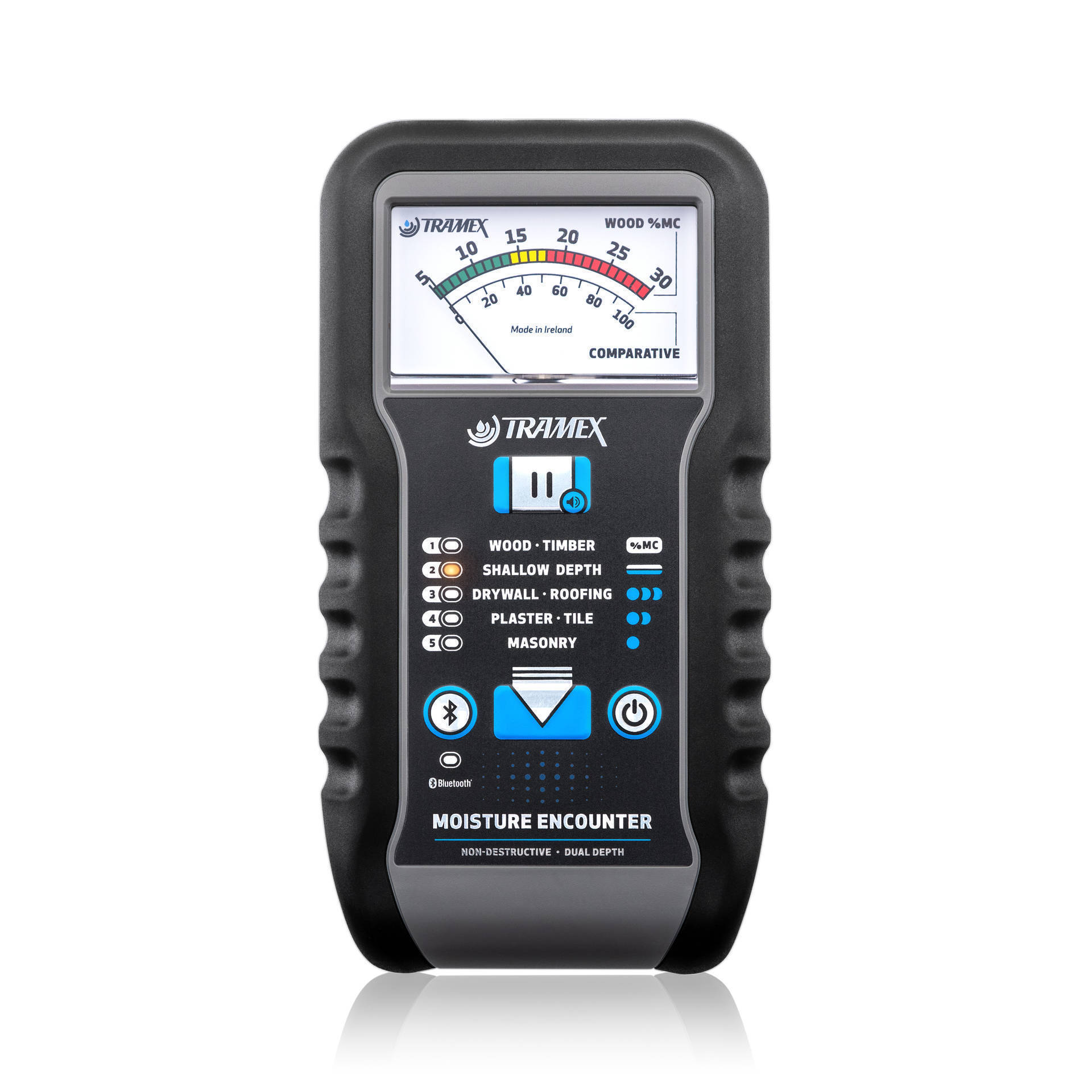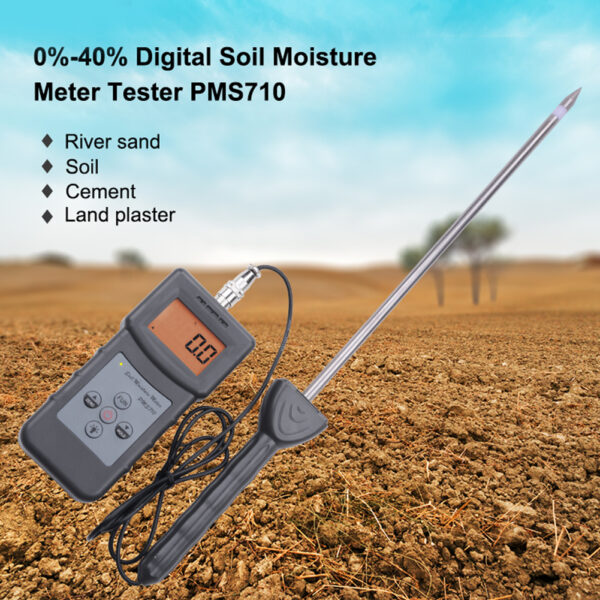The Scientific Research Behind Moisture Meters: Exactly How They Work and Why They're Vital
The Scientific Research Behind Moisture Meters: Exactly How They Work and Why They're Vital
Blog Article
Explore the Globe of Dampness Meters: Every Little Thing You Required to Know
In the realm of wetness meters exists a globe of accuracy and practicality that frequently goes unnoticed. Understanding how moisture meters operate, the various kinds offered, and their diverse usages can lose light on their relevance in making certain top quality and effectiveness.
Exactly How Wetness Meters Work
Moisture meters run by gauging the electrical conductivity or capacitance of products to establish the dampness material present - Moisture Meter. These meters are invaluable devices throughout numerous sectors, including farming, woodworking, and building. By utilizing various techniques such as pin-type or pinless innovation, wetness meters provide precise analyses that aid experts make educated decisions
Pin-type moisture meters work by placing the sharp pins right into the product being examined. On the other hand, pinless wetness meters utilize electro-magnetic signals to check a bigger location without causing any type of damages to the product's surface area.
Despite the approach made use of, moisture meters play a vital duty in avoiding problems such as mold growth, structural damage, or product problems caused by excess moisture. Understanding how these meters work is vital for making sure the top quality and honesty of products in numerous applications.
Sorts Of Moisture Meters
Given the critical role dampness meters play in numerous markets, it is important to understand the different kinds readily available to professionals for accurately assessing dampness degrees. There are mostly 2 primary types of moisture meters: pinless and pin-type dampness meters.
Pin-type dampness meters use two pins that are placed right into the product being evaluated to measure the electric resistance in between them. This approach is frequently utilized for timber, drywall, and various other structure products. Pin-type meters provide precise readings at particular depths, making them ideal for identifying wetness gradients.
On the various other hand, pinless wetness meters utilize electromagnetic sensing unit plates to check a bigger location of the product without triggering any damages. This type appropriates for promptly scanning big areas and is typically made use of for flooring, walls, and ceilings. Pinless meters are convenient for taking analyses on completed surface areas without leaving any noticeable marks.
Both kinds of dampness meters have their advantages and are picked based on the specific requirements of the work at hand. Comprehending the differences in between these kinds is important for experts to make accurate dampness evaluations.
Applications Throughout Industries
Building professionals depend on moisture meters to analyze the wetness degrees in building products like drywall, wood, and concrete, which is important for keeping structural stability and avoiding issues like rot or mold. The flooring market makes use of moisture meters to gauge the moisture material in subfloors prior to installing different flooring treatments, avoiding pricey problems due to excess moisture. In the food market, wetness meters are used to keep track of and regulate moisture degrees in products such as grains, nuts, and dried fruits to keep freshness and quality.
Tips for Utilizing Dampness Meters
Make use of the moisture meter's calibration setups to ensure exact analyses when measuring the dampness material in different products. Calibration is important for the appropriate performance of a wetness meter. Prior to each use, it is a good idea to inspect and change the calibration setups according to the details product being examined. In addition, make certain the meter is readied to the proper dampness array for the product you are determining to acquire the most precise outcomes.

When utilizing a pin-type wetness meter, insert the pins to the suitable depth recommended for the material being examined. This makes certain that the dampness analyses are drawn from the right depth within the material, providing an extra exact depiction of its wetness content. For pinless moisture meters, bear in mind to keep appropriate contact with the product's surface area to get dependable readings.

Routinely examine and replace the batteries my latest blog post in your dampness meter to stop incorrect analyses because of low power. When not in use to lengthen its lifespan and keep its accuracy, Shop the meter in a secure and dry area. By following these pointers, you can optimize the performance of your wetness meter and get exact wetness web content measurements across different materials.

Maintenance and Calibration
To ensure the accuracy of wetness web content dimensions, routine maintenance and calibration of the moisture meter are vital steps in its correct functioning. Calibration adjusts the moisture meter to make certain that it offers constant and reputable outcomes.
Calibration must be carried out regularly, especially if the moisture meter is used regularly or in essential applications where specific dimensions are needed. By maintaining and adjusting the dampness meter regularly, customers can rely on the accuracy of the dampness web content measurements obtained.
Verdict
Finally, wetness meters play an essential role in numerous markets by accurately gauging the wetness content of products. Comprehending how read review these tools work, the various kinds available, and correct maintenance and calibration are vital for acquiring dependable outcomes. Whether in farming, construction, or production, the use of wetness meters helps make sure quality assurance and efficiency in procedures.
Construction experts count on wetness meters to analyze the moisture levels in structure materials like drywall, concrete, and timber, which is important for keeping structural stability and stopping issues like rot or mold. The floor covering sector utilizes wetness meters to determine the dampness content in subfloors site web before setting up numerous floor coverings, avoiding pricey problems due to excess moisture.Utilize the wetness meter's calibration setups to make certain exact readings when measuring the wetness material in numerous products. By adhering to these tips, you can make best use of the performance of your moisture meter and obtain accurate wetness material measurements across different materials.
In final thought, wetness meters play a critical duty in numerous sectors by accurately measuring the moisture content of materials.
Report this page